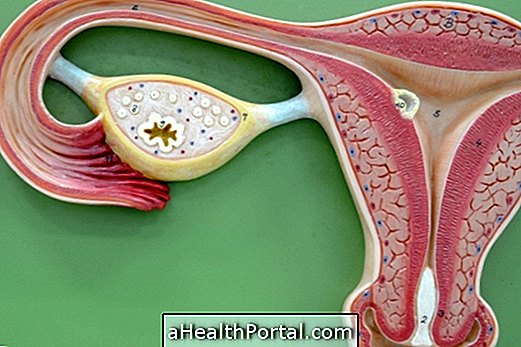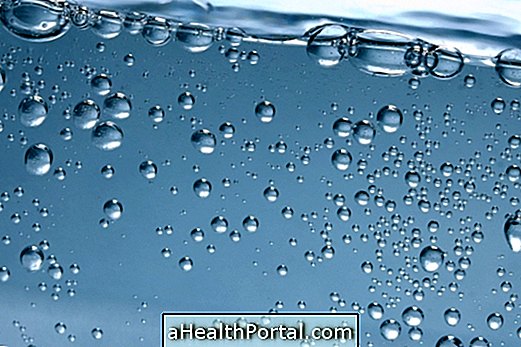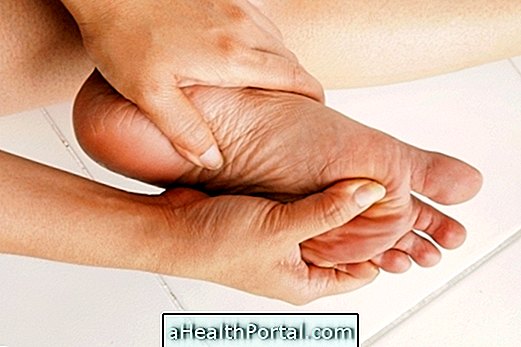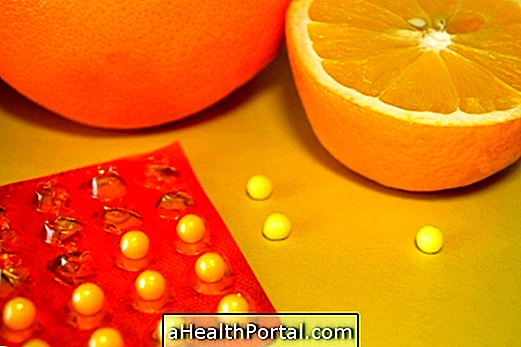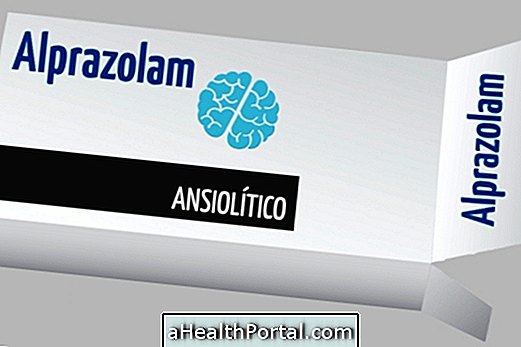Itching in the eyes is mostly a sign of allergy to dust, smoke, pollen, or pet hair that comes in contact with the eyes and causes the body to produce histamine, a substance that causes inflammation on the site, resulting in symptoms such as itching, redness and swelling.
However, the itching may also indicate the development of an eye infection or even problems in the functioning of the glands that maintain moisture in the eye. That way, whenever an itch occurs that takes more than 3 days to relieve, it is important to see an ophthalmologist to identify the correct cause and start treatment with the most appropriate eye drops.
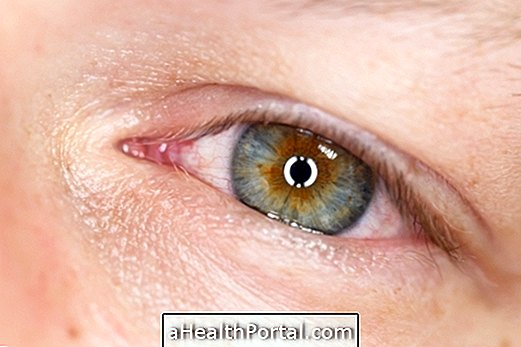
1. Allergy to the eyes
The appearance of itchy eyes is almost always a symptom of allergy, whether caused by food or by environmental factors such as dust, hair or smoke, in these cases known as allergic conjunctivitis. Usually, the allergy is easily recognized because itching often arises after contact with a specific substance and therefore the best way to prevent itching is to stay away from the allergen that is causing it.
This type of alteration in the eyes is more frequent in the spring and summer, since it is times of the year when there is a higher concentration of allergens in the air, and may be accompanied by other symptoms such as excessive tear production, redness and sand sensation in the eye, for example.
- What to do : Avoid being in contact with substances known to be allergic and applying moisturizing eye drops to the eye, such as Dunason, Systane or Lacrima Plus, to reduce discomfort and relieve irritation. See more ways to treat allergic conjunctivitis.
2. Dry eye syndrome
Another of the most common causes of itching in the eye is dry eye syndrome, in which there is a decrease in the production of tears, causing the eye to become more irritated and result in symptoms such as redness and intense itching.
Dry eye is more common in older people due to the natural aging of the body, but it can also happen in people who work in very dry environments, with air conditioning or in front of the computer. In addition, it can also arise in those who misuse contact lenses or make use of some medications such as anti-allergy or birth control pill.
- What to do : The best way to combat dry eye symptoms is to use artificial tears during the day to keep the eye hydrated. However, you can also put warm water compresses on your eyes, as well as try to avoid using air conditioning and take breaks when working in front of the computer. See more tips for ending the dry eye.

3. Eye stress
Ocular stress is increasingly a major cause of eye problems, especially from the onset of itching. This is due to the excessive effort caused by the computer screen and the cell phone, which are increasingly present in the day to day, causing eye fatigue. This type of tiredness can still lead to the development of frequent headache, difficulty concentrating and generalized tiredness.
- What to do : It is important to take regular breaks in the use of the computer or the cell phone, taking the time to walk and rest your eyes. A good tip is to look at an object that is more than 6 meters long, for 20 seconds every 20 minutes.
4. Inflammation of the eyelid
When you have a problem with the eye that causes inflammation of the eyelid, such as a stye or blepharitis, it is common for the eye to not maintain proper hydration, allowing its surface to become dry and irritated, resulting in itching, in addition to redness, swelling of the eye and burning.
- What to do : One way to relieve inflammation of the eyelid and lessen symptoms is to put a warm water compress over the eye for 15 minutes and keep the eye clean and free of pimples. However, if the symptoms do not improve, one should go to the ophthalmologist to evaluate the need to start using an antibiotic eye drops, for example. Learn more about what it can cause and how to treat inflammation of the eyelid.

5. Use of contact lenses
Wearing contact lenses for more than 8 hours a day can contribute to the appearance of dry eye and, consequently, to the development of itching in the eye. In addition, improper lens hygiene, especially in the case of monthly ones, can also facilitate the accumulation of bacteria, which end up infecting the eye and causing signs such as redness, itching and puckering, for example.
- What to do : Avoid using contact lenses for longer than directed by the manufacturer, as well as using moisturizing eyewashes, such as Systane, Lacril or Lacrima plus. Proper hygiene of contact lenses should also be maintained, including when they are placed in the eye. Here's how to properly care for contact lenses.
6. Conjunctivitis
In addition to causing intense redness of the eye, wounds and burning, conjunctivitis can also trigger the onset of itching. Conjunctivitis usually needs to be treated with the use of oral antibiotics or eye drops, so an ophthalmologist should be consulted.
- What to do : If there is a suspicion of conjunctivitis, go to the ophthalmologist immediately to start the appropriate treatment, as well as avoid contagion of the conjunctivitis. Avoid scratching the eyes with your hands, washing your hands often and avoiding them. share personal objects like glasses or makeup, for example. See other 7 things you can or can not do in case of conjunctivitis.







